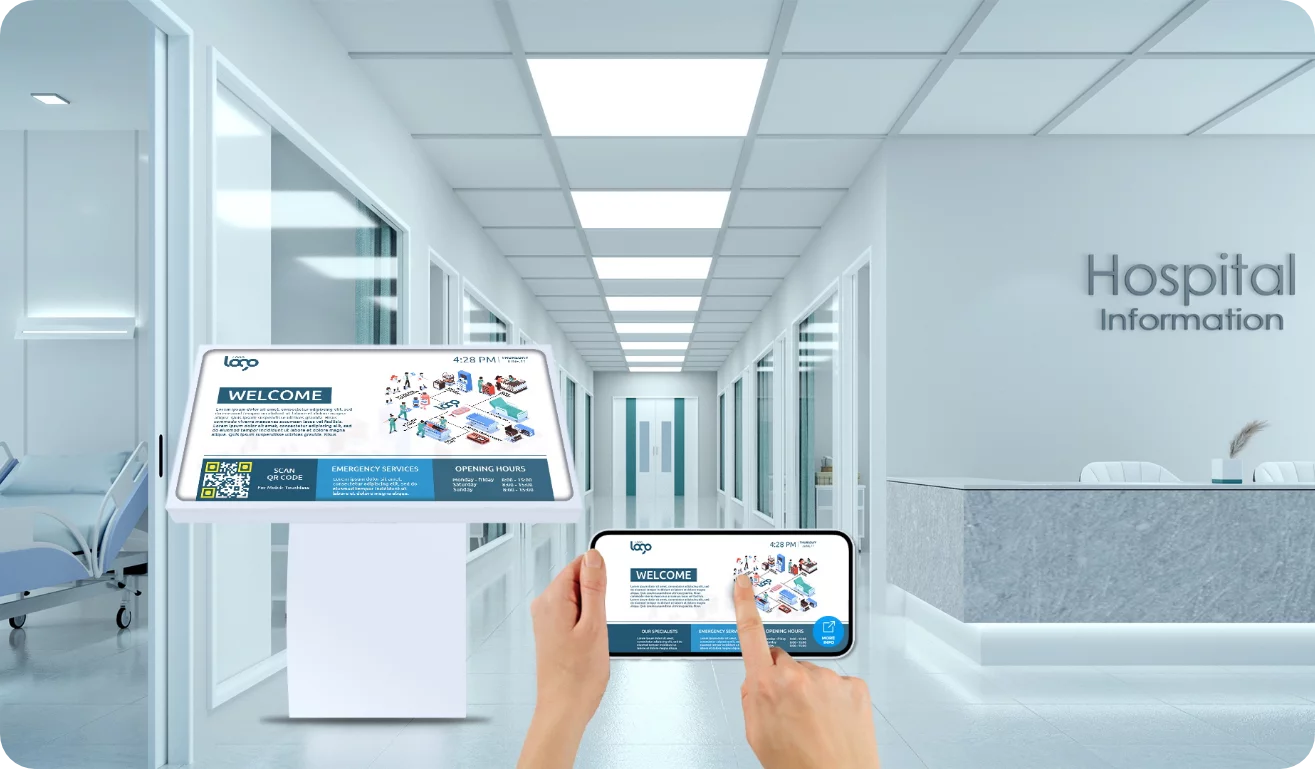Wayfinding in Healthcare: Navigating with Ease
Understanding Wayfinding
At its core, wayfinding encompasses all the ways in which people orient themselves in physical space and navigate from place to place. In the context of healthcare, it’s the art of guiding patients and visitors through a complex web of corridors, wings, and floors to their destinations.
The Critical Role of Wayfinding in Healthcare
Effective wayfinding is vital. It reduces stress, saves time, and enhances the overall experience within healthcare facilities. Imagine the relief when clear signage and intuitive navigation swiftly guide a worried family to a loved one’s bedside. That’s the power of expert wayfinding.
Wayfinding Challenges in Expansive Healthcare Settings
Large healthcare campuses present a unique labyrinth of navigational hurdles. Diverse user groups, sprawling layouts, and constant changes demand a wayfinding system that’s both adaptable and user-friendly. As a professional digital sign installer, I’ve seen firsthand how crucial it is to address these challenges head-on to ensure that every person who steps through the doors can find their way with confidence and ease.
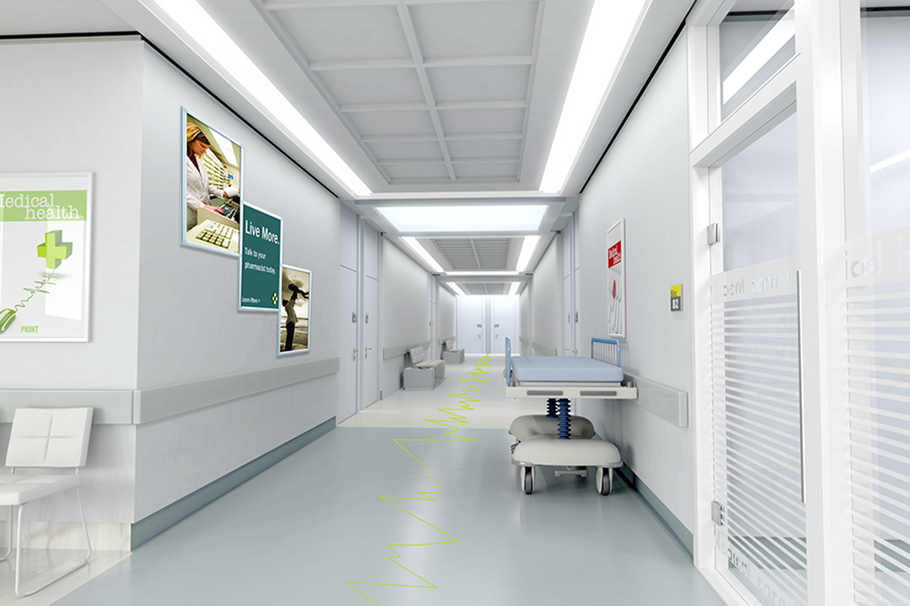
Understanding the User’s Perspective
Patient and Visitor Needs
Imagine the relief when clear, intuitive signage guides a worried visitor to their loved one’s room. Digital signs, strategically placed, provide real-time updates and directions, easing the emotional toll of hospital visits. They’re not just signs; they’re beacons of comfort in a high-stress environment.
Staff Navigation Requirements
Efficiency is paramount. For staff, navigating sprawling campuses swiftly can mean life-saving minutes saved. Our digital wayfinding solutions are designed with input from healthcare professionals, ensuring that the path from A to B is the shortest, the fastest, the clearest.
Accommodating Diverse User Groups
Accessibility is non-negotiable. We champion inclusivity with multi-lingual displays and ADA-compliant interfaces, ensuring that everyone, regardless of ability or language, can navigate with dignity and independence. Our commitment to diversity is embedded in every screen, every interface, every line of code.
Essential Wayfinding Principles for Optimized Navigation
Clarity and Consistency: The Cornerstones of Navigation
Imagine stepping into a healthcare facility where every sign, every direction, speaks the same visual language. Clarity and consistency are the bedrock of effective wayfinding. As a professional digital sign installer, I ensure that symbols, colors, and typography are uniform across all signage, creating an intuitive path that guides patients and visitors effortlessly through the complex corridors of healthcare campuses.
Visibility and Readability: Ensuring Signs Are Seen and Understood
Signs that cannot be seen or read serve no purpose. My installations focus on optimal visibility and readability, with high-contrast fonts and clear lettering that cut through the visual noise, ensuring that critical information stands out, guiding individuals safely to their destinations.
Accessibility: Compliant Navigation for All
Wayfinding is not just about direction; it’s about inclusion. Adhering to the Americans with Disabilities Act (ADA), I prioritize accessibility in every project. This means tactile signs for the visually impaired, audible cues for the hearing impaired, and considerations for those with mobility challenges, ensuring that everyone can navigate with dignity and independence.
Multimodal Wayfinding Strategies: A Symphony of Solutions
In the realm of large healthcare campuses, a single wayfinding solution is rarely sufficient. I advocate for multimodal wayfinding strategies—a harmonious blend of digital displays, static signage, and mobile integrations that address the diverse needs of all users. This approach not only caters to different preferences and abilities but also adapts to the ever-changing dynamics of healthcare environments.
Optimizing Navigation with Strategic Signage Solutions
Essential Signage Types in Healthcare Facilities
As a seasoned digital sign installer, I understand the critical role of directional signs in guiding patients and visitors through the complex mazes of large healthcare campuses. These signs, along with clear identification signs for departments and staff areas, create a seamless flow of movement. Informational signs offer valuable insights into services and facilities, while regulatory signs ensure safety and compliance with health codes, contributing to a well-ordered environment.
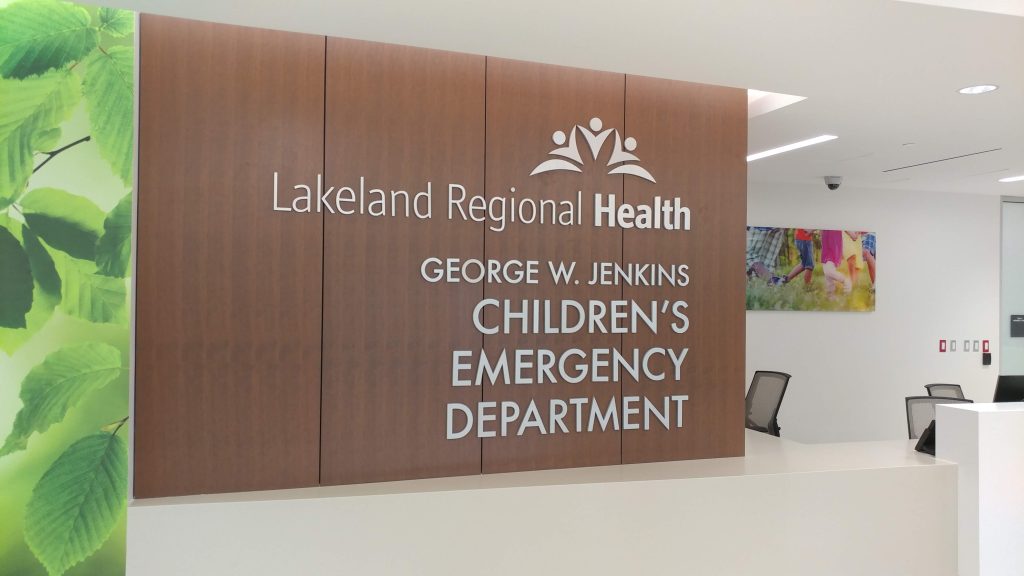
Advancements in Digital Signage and Interactive Kiosks
Embracing technology, digital signage and interactive kiosks stand at the forefront of modern wayfinding solutions. These dynamic tools not only display real-time information but also engage users, providing personalized directions and facility updates with a touch of a screen.
Branding Synergy in Signage
Integrating branding into signage does more than convey a message; it reinforces the facility’s identity. Thoughtfully designed signs that reflect the healthcare institution’s brand foster a sense of trust and professionalism, essential in a healing environment.
Enhancing Navigation with Color Coding and Icons
The strategic use of color coding and icons transcends language barriers, simplifying navigation. This visual shorthand is not only intuitive but also speeds up the recognition process, facilitating a stress-free visit for patients and families alike.
Materials and Longevity of Signage
Choosing the right materials for signage is paramount in healthcare settings. Signs must withstand rigorous cleaning protocols and the test of time. Durable materials and advanced manufacturing techniques ensure that signs remain pristine and legible, maintaining their functionality and aesthetic appeal for years to come.
Navigational Technologies and Innovations
Interactive Wayfinding Apps
Imagine effortlessly navigating the sprawling corridors of a healthcare campus with just a tap on your smartphone. Interactive wayfinding apps do just that, offering intuitive, step-by-step directions that simplify patient and visitor journeys. These apps not only reduce stress but also enhance the overall experience by providing valuable location-based information.
RFID and Real-Time Location Systems
RFID technology is revolutionizing navigation within healthcare facilities. By integrating RFID tags and real-time location systems (RTLS), we can track equipment, staff, and patients, ensuring efficient operations and safety. This seamless orchestration of movement translates to reduced wait times and improved care.
Augmented Reality for Enhanced Navigation
Augmented reality (AR) brings a cutting-edge dimension to wayfinding. By overlaying digital information onto the real world, AR guides users through complex environments with visual cues and markers. This immersive technology not only aids in navigation but also enriches the user’s understanding of their surroundings, making it an invaluable tool in large healthcare settings.
Designing a Wayfinding System
Conducting a Wayfinding Audit
First, a thorough wayfinding audit is essential. It’s the foundation. We meticulously assess existing signage, noting what works and pinpointing areas of confusion. This step is critical; it ensures that no detail is overlooked, paving the way for a seamless navigation experience.
Collaborating with Architects and Designers
Next, collaboration is key. We join forces with architects and designers, integrating wayfinding into the very fabric of the building. Our expertise complements their vision, creating a cohesive and intuitive system that feels like an extension of the architecture itself.
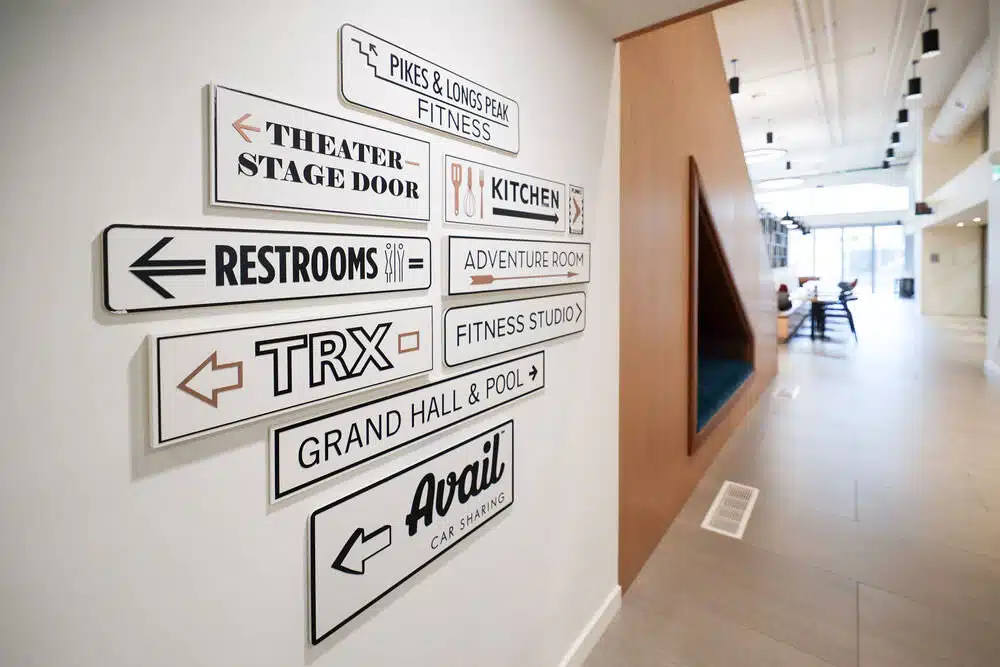
Mapping Patient and Visitor Journeys
Understanding the user’s journey is paramount. We map out every step of the patient and visitor experience, anticipating needs and emotions. This empathetic approach ensures that each sign acts as a reassuring guide, offering comfort as well as direction.
Signage Placement Strategies
Finally, strategic signage placement makes all the difference. We don’t just install signs; we curate an experience. Signs are positioned for maximum visibility and impact, ensuring that every individual can navigate the space with confidence and ease.
Implementing Wayfinding Solutions
Phased Implementation Approach
Embarking on the journey of enhancing navigation, we advocate for a phased implementation approach. Initially, we focus on critical areas—emergency, admissions, and key departments—prioritizing immediate impact. This strategy not only streamlines the process but also allows for real-time adjustments, ensuring a seamless integration of the wayfinding system into the daily rhythm of the healthcare campus.
Staff Training and Internal Communication
Integral to the success of any wayfinding system is the empowerment of staff. Comprehensive training programs are designed to familiarize your team with the new tools, transforming them into ambassadors of navigation. Through internal communication, we foster a culture of support, where every staff member becomes a reliable guide for patients and visitors alike.
Budget Considerations and Cost-Effective Solutions
Financial stewardship is paramount. We meticulously tailor wayfinding solutions to align with your budget, ensuring cost-effectiveness without compromising quality. By leveraging scalable technologies and smart design choices, we deliver an economical yet robust system that stands the test of time and use.
Maintenance and Upkeep of Wayfinding Systems
Longevity is key. Our commitment extends beyond installation; we provide ongoing maintenance and support to ensure the wayfinding system remains accurate and functional. Regular updates and servicing keep the system in tune with the evolving landscape of your healthcare campus, offering a consistent and reliable experience for all.
Evaluating Wayfinding Effectiveness
Metrics for Assessing Wayfinding Systems
Success in navigation is quantifiable. We gauge the efficacy of wayfinding systems through metrics such as time to destination, error rates, and the number of help requests. These indicators reveal the system’s intuitiveness and the ease with which users reach their goals. A well-designed system reduces confusion, accelerates patient flow, and enhances overall satisfaction.
Gathering User Feedback
Direct input from users is invaluable. Surveys, interviews, and observational studies offer rich insights into user experiences. This feedback, both qualitative and quantitative, informs us about the system’s strengths and areas needing refinement. Engaging with users demonstrates our commitment to their needs and fosters trust in the healthcare environment.
Continuous Improvement and Updates
Wayfinding is not a set-and-forget solution. It demands ongoing evaluation and adaptation. As healthcare campuses evolve, so must our systems. Regular updates, informed by the latest feedback and technological advancements, ensure that the wayfinding experience remains seamless, responsive, and, most importantly, patient-centered.
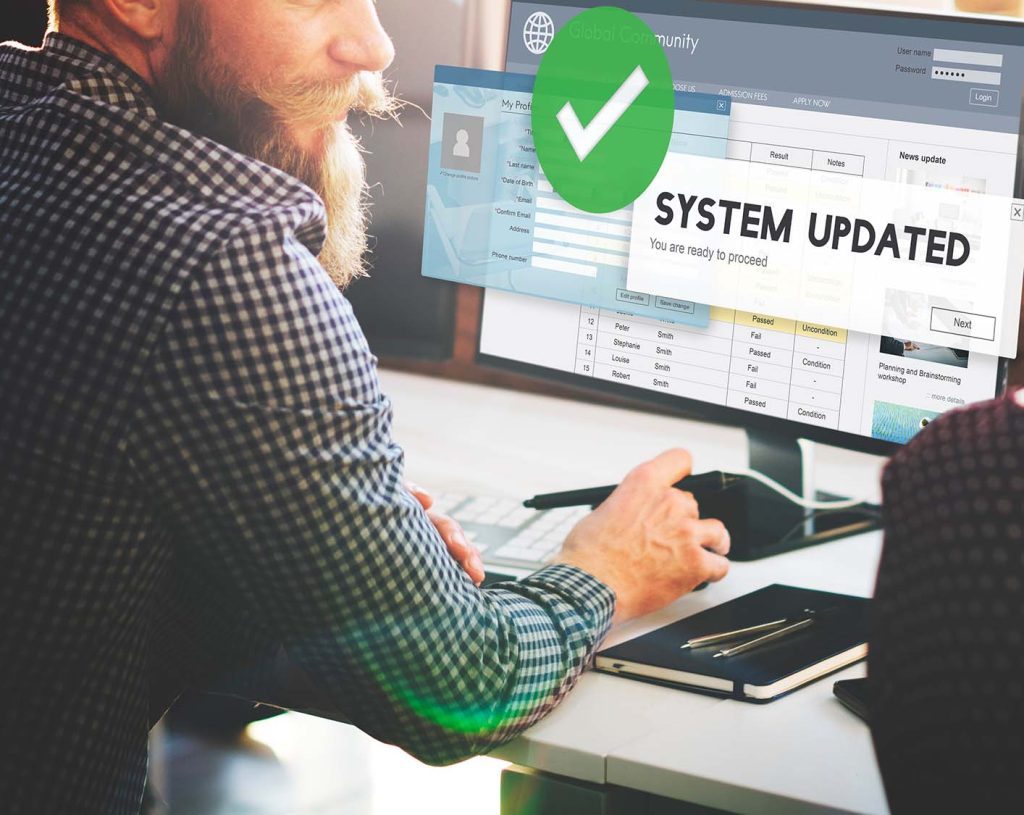
Ensuring Compliance and Safety in Wayfinding Solutions
Health and Safety Regulations Impacting Signage
As experts in digital sign installation, we navigate a labyrinth of health and safety regulations to ensure every sign meets stringent standards. These regulations dictate the placement, size, and visibility of signage, ensuring that in moments of need, clarity prevails. Our installations harmonize with these mandates, guiding patients and staff safely and efficiently.
Fire Safety and Emergency Egress Signage
Fire safety is paramount. Our signs are not mere markers; they are lifelines. They illuminate paths to safety with rigorously tested luminance, steadfast in emergencies. We design each sign to be a beacon of hope, leading to secure egress during critical moments, fully compliant with fire codes.
Privacy Laws and Confidentiality in Signage Content
In the realm of healthcare, privacy is sacred. Our signage solutions respect this tenet, ensuring that content is crafted with confidentiality in mind. We are vigilant, safeguarding sensitive information while providing clear, necessary guidance. Trust in our expertise to balance transparency with privacy, a testament to our commitment to both safety and discretion.
Embracing Sustainability in Wayfinding
Eco-Friendly Materials for Signage
Imagine signs that not only guide but also guard our environment. We select materials with the Earth in mind—biodegradable composites, recycled plastics, and sustainably sourced wood. These eco-conscious choices ensure that our signage solutions tread lightly on the planet while providing clear direction within healthcare facilities.
Energy-Efficient Digital Solutions
Our digital displays shine bright with energy-saving LED technology. They are smart, too; equipped with sensors to adjust brightness according to ambient light, conserving power when full illumination isn’t necessary. This intelligent use of energy underscores our commitment to a greener future.
Sustainable Design and Lifecycle of Signage Products
Longevity is key. We engineer our signage to endure, reducing the need for frequent replacements. From the initial design to the end of its life, each sign is crafted to be easily updated or recycled, minimizing its environmental footprint and ensuring that our wayfinding solutions are as enduring as they are helpful.
Best Practices in Wayfinding for Healthcare Campuses
Case Examples of Successful Wayfinding Systems
Consider the Cleveland Clinic, where a meticulously designed wayfinding system guides patients through a sprawling campus with ease. Digital kiosks, color-coded paths, and clear signage work in concert, creating a stress-free navigation experience. This approach not only enhances patient satisfaction but also streamlines traffic flow, proving that strategic design can transform complex environments into user-friendly spaces.
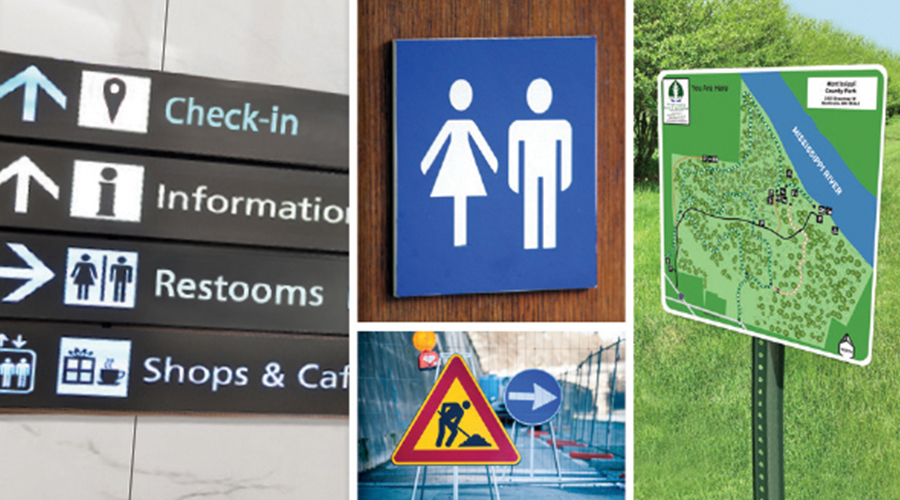
Lessons Learned from Wayfinding Challenges
Challenges often reveal the most valuable insights. For instance, outdated signage or inconsistent messaging can lead to confusion and increased anxiety for visitors. The key lesson? Regular audits and updates are crucial. They ensure that wayfinding systems evolve alongside facility changes, maintaining clarity and accessibility at all times.
Recommendations for On-Business Signage Solutions Providers
Providers must prioritize adaptability and user-centric design. Engage with stakeholders to tailor solutions that address the unique needs of each healthcare campus. Incorporate technology, like interactive maps and real-time directions, to empower users. Above all, ensure that your signage is intuitive, inclusive, and capable of guiding everyone to their destination with confidence and ease.
Partnering with Wayfinding and Signage Experts
Criteria for Selecting a Wayfinding Solutions Partner
Choosing the right partner is pivotal. Look for proven expertise in healthcare environments, a portfolio of successful large-scale projects, and a deep understanding of ADA compliance. Innovation in digital signage solutions and a commitment to user-centered design are non-negotiable. The partner must demonstrate an ability to integrate technology with the physical space, enhancing the patient experience through clear, intuitive navigation.
The Role of Expert Consultants in Wayfinding Projects
Expert consultants are the maestros, orchestrating the seamless flow of information. They assess the unique needs of a healthcare campus, crafting bespoke strategies that guide and inform. Their role extends beyond design; they ensure that the wayfinding system is adaptable, scalable, and future-proof, ready to evolve with the healthcare facility.
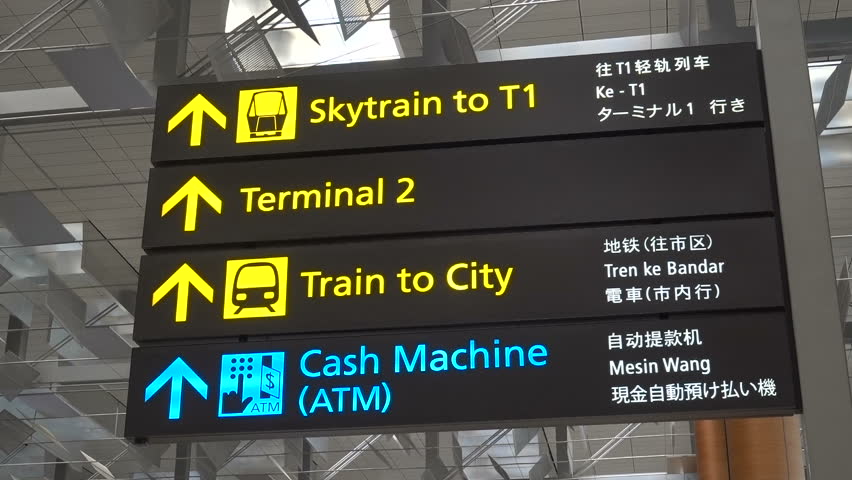
Collaborating with Stakeholders for an Integrated Approach
Collaboration is key. A symphony of input from facility managers, healthcare professionals, and patients leads to harmony in wayfinding solutions. Engaging with stakeholders ensures that the signage speaks to the needs of all users, creating a cohesive system that resonates with clarity and accessibility. Together, we build a wayfinding experience that feels intuitive, almost second nature, to those navigating the complexities of a large healthcare campus.
Table of Contents
Toggle

